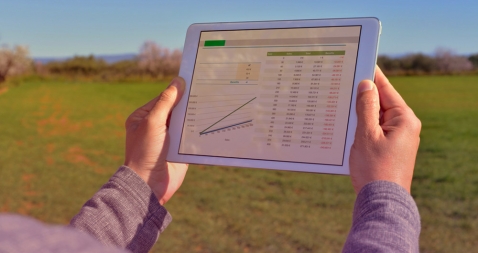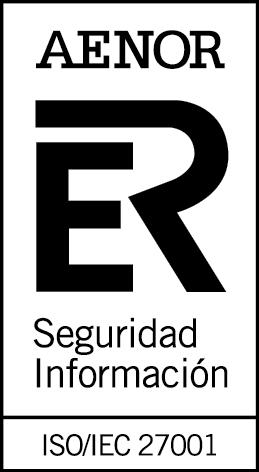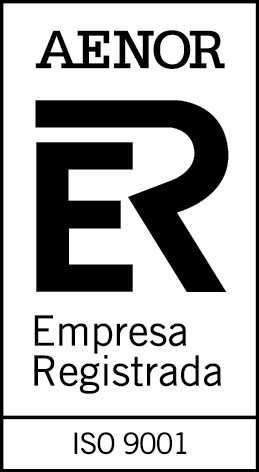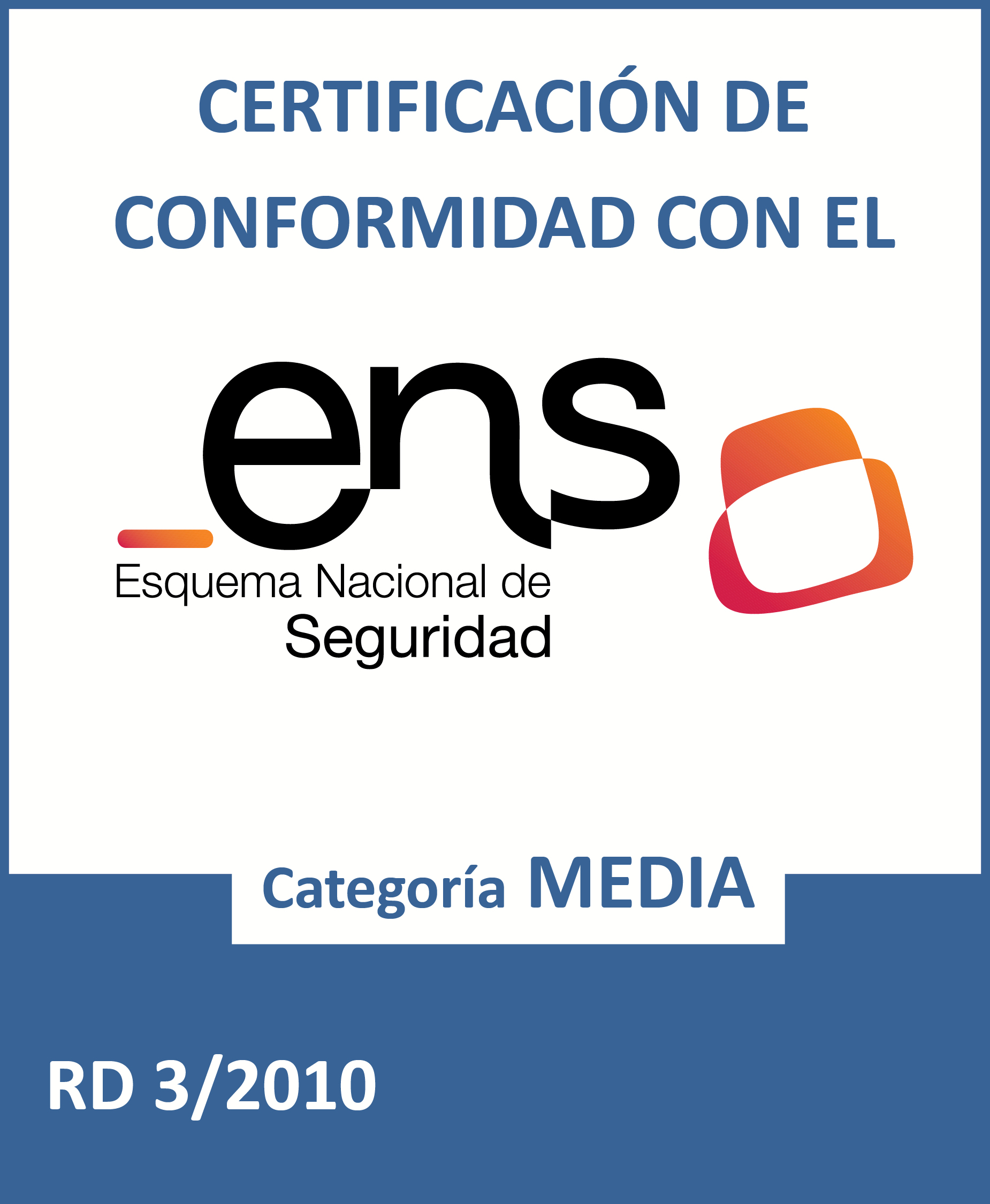The main rural environment datasets of datos.gob.es
Fecha de la noticia: 12-11-2020

We are currently in a context of digital transformation in which all sectors are in a process of adaptation with the aim of responding to the needs for improvement, agility and efficiency that society demands. One of the fields in which this change is most evident is the rural environment.
In the specific case of Spain, the change of paradigm is more than necessary due to aspects such as climate change or the depopulation of rural areas. The digital transformation of primary activities such as agriculture or livestock farming can contribute to solving these challenges, by attracting new professional profiles to areas with lower population density, and contribute to more efficient and sustainable crops.
Open data play an important role in solving these challenges through digital transformation, as the raw material for technological solutions that help to make better, more sustainable decisions. For this reason, we would like to tell you about the main rural environment datasets that you can find in our catalogue and reuse to implement applications and services that promote improvements in this sector.
What types of data related to the rural environment can I find in datos.gob.es?
In datos.gob.es we have a wide catalogue of data related to different sectors such as Tourism, Environment, Culture and Leisure, Economy, Transport, Health or Industry. The Rural Environment category includes different data catalogues related to Agriculture, Livestock, Fisheries and Forestry.
Currently, this category has more than 1,000 outstanding datasets. Among these datasets we can find national, as well as local and regional information. In this article, we have already talked about the datasets that the Ministry of Agriculture, Fisheries and Food made available to citizens, but there are many more in this category. Along with the ministries, the institutions that most publish this type of dataset are the Autonomous Community of the Basque Country, the Government of Catalonia and the National Institute of Statistics (INE).
Of these datasets, the following are the most important, together with the format in which they are offered:
-
At state level
- CIS. Spanish rural youth. XML, CSV, Json.
- Official INSPIRE Data and Services Catalog. Beach guide. MDB, KMZ, SHP, ASCII, XHTML.
- INE. Distribution of certified organic farming area qualified and or in conversion period. CSV, XLSx, XLS, Html, Json, PC-axis.
-
At Autonomous Community level
- Government of Catalonia. Agro-food industries in Catalonia. CSV, JSON, XML-APP, RDF-XML.
- Castilla y León Government. Agricultural statistics (Castilla y León). CSV.
- Government of Aragon. Agricultural regions of Aragon. CSV, XML-APP, JSON.
- Basque Government. Rural women in the Basque Autonomous Community by professional situation according to age group (%). CSV, XLS.
- Autonomous Community of Castilla-La Mancha. Agricultural training courses. XLSX, PDF.
-
A the local level
- Island Council of La Palma. Zoning and uses of the island of La Palma. HTML, CSV, JSON, GeoJSON, KML, SHP.
- Barcelona Provincial Council. Decline of the forest mass of the Maresme forests. PDF, ZIP, HTML.
- Vitoria-Gasteiz City Council. Risk of forest fires.PDF, OCTET-STREAM.
- Zaragoza City Council. Zaragoza City Hall Clean Points. GeoRSS.
The re-use of data from the agri-food, forestry and rural sectors
The reusable power of all these data sets is very valuable. They can be used to create valuable tools and services. Take the example of the Agricultural Plot Geographic Information System, SIGPAC, which "makes it possible to identify geographically the plots declared by farmers and stockbreeders, in any aid scheme related to the area cultivated or used by the livestock". This viewer was created to make it easier for farmers to submit aid applications and to monitor them. However, it should be noted that SIGPAC has also been used to develop applications and services that improve crop efficiency, such as Campogest or Cropti. Many of these applications also incorporate the data from the Register of Fertiliser Products, such as cultivAPP, which allows farmers to control the phytosanitary treatments applied in an easier way, from their own mobile device.
We can also find applications related to the forestry field, such as förecast, a tool that provides real-time data on forest stocks and allows for spatial-temporal analysis based on remote sensors and artificial intelligence. Or with a marked social character such as Plan Repuebla, a project that seeks to reactivate the rural areas of Castile and Leon.
You can see more examples of the reuse of agricultural data in the finalists of the 2019 Challenge, in our applications section or in this report.
From datos.gob.es we invite you to visit our data catalogue and discover all the datasets we have collected in the different sections.











